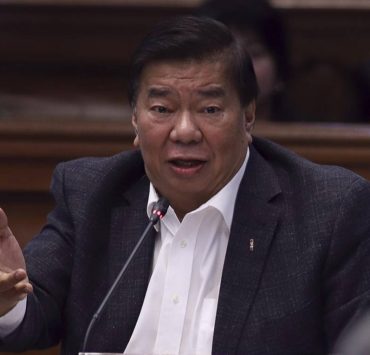… With PH purchases aggravating price pressures
The global rice market has been stabilizing “somewhat” over the past few months, but the Philippine government’s move to ramp up private-sector imports and with the prevailing risks from the El Niño climate phenomenon are keeping upward pressure on prices.
This was according to Fitch group subsidiary BMI Country Risk and Industry Research, referring to a statement made by Agriculture Secretary Francisco Tiu Laurel Jr. last week.
Last Nov. 20, Laurel told the committee on agriculture and food at the House of Representatives that he gave importers less than five weeks to use the permits granted to them—to buy an additional 1 million tons of rice from abroad to boost local stocks—or else these would be canceled.
He said that by assuring that import permits are used quickly, the DA could better manage the supply of rice, the country’s main food staple, and avoid price surges that hurt consumers.
In its report issued on Wednesday, BMI said this move by the DA “poses an upside risk to short-term trade prices.”
BMI noted that the global market has stabilized somewhat since the government of India’s last July announced an immediate ban on non-basmati white rice exports.
However, the ban did not cover government-to-government deals, which included an agreement to ship 295,000 tons to the Philippines.
Still, as of October, the All Rice Price Index of the United Nations’ Food and Agriculture Organization was pegged at 2.5 percent lower than in August in the immediate aftermath of the Indian ban.
On the other hand, the index was also 24 percent higher than its level 12 months earlier in October 2022.
“It is our view that India’s rice export restrictions will remain in effect until after the April-May legislative elections (in 2024), which will support prices at recent levels as will El Niño risks,” the research group said.“In the short term, expected import demand from Indonesia and the Philippines will support prices while crop conditions in north-eastern Thailand, downgraded to ‘poor’ at the end of October,” it added.
Various analysts and think tanks have raised the flag about inflation in the Philippines remaining high in the coming months, especially with the expiration on Dec. 31 of Executive Order No. 10 which temporarily lowered tariffs on key exports like rice, corn and coal. INQ

















